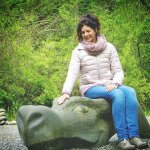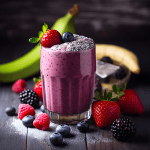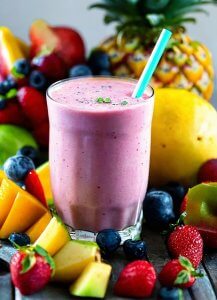A Reiki healer once told me that massage for babies is essential for their optimal growth. Now, the practice of infant massage was a school of thought introduced by the ancient specialists of Ayurveda. Later it was encouraged by the Qing dynasty of China.
That’s a little intro about the body massage for babies. Now let us discuss the benefits of infant massage. There are many modern research studies to prove that infant massage does a world of good for the tiny tots.
Massage for preterm infants reduces stress; The intensive care unit may be a scary and stressful place for preterm infants. The mechanical ventilation, medical procedures, and separation from mom create a lot of stress in these little bundles of joy. These babies autonomic nervous system may be immature. Now here is where the massage therapy comes to play. A study published in early human development says that massage therapy may reduce stress and promotes ANS development in the preterm infants.
Massage therapy promotes restful sleep: Scientists say that massage may help babies to sleep better, cry less, relieve colic and be less stressed. Imagine a scenario where a child is given a body massage with a melodious music playing in the background. It is no rocket science to conclude that the baby may feel relaxed and comfortable with no tummy gas in his environment. These are the essentials for a restful slumber.
Massage therapy promotes emotional security: A research study found that massage therapy builds a loving relationship with the baby and its mother. Of course, the dads could chip in, give a helping hand and enjoy the bliss of babyhood. Another study found that massage, eye contact and talking to the baby had a marked effect on its growth. This led to a reduction in illnesses and visits to the doctor. Another interesting find was that cerebral palsy symptoms decreased in babies who underwent massage therapy. These children showed reduced spasticity and improved fine and gross motor functioning.
Photo courtesy of Phaitoon













